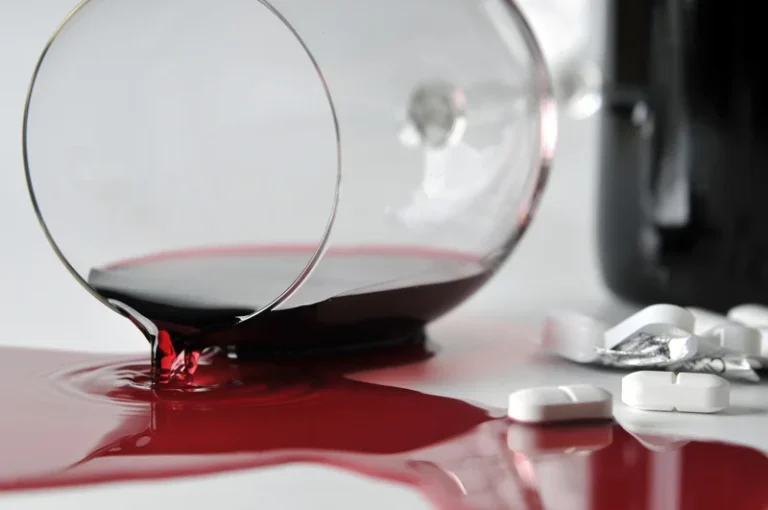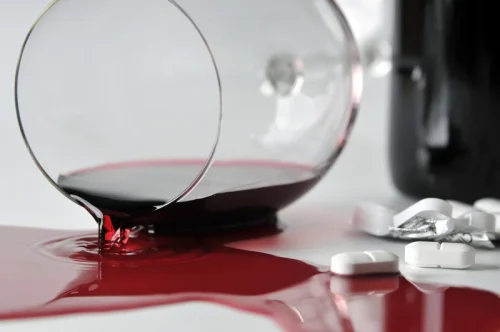
Moreover, as typologies based on single defining characteristics (e.g., gender or family history of alcoholism) have given way to multidimensional classification schemes, researchers for the first time have conducted replication studies. The chronic severe subtype is characterized by the early onset of drinking, beginning in adolescence, and a rapid progression to alcohol dependence. They’re 75% male and start drinking and develop alcohol dependence at the youngest ages among all subtypes — 15 and 18, respectively. Alcohol use disorder is multifaceted, and there is no one-size-fits-all approach to recovery.
- They may be high-functioning individuals who excel in their professional lives, maintain relationships, and fulfill their daily obligations.
- Intermediate familial alcoholics come from a family history of alcoholism and mental health conditions.
- Typology theorists believe this is an inadequate representation of the heterogeneity of etiologies and drinking patterns.
- Ongoing research, such as the Collaborative Studies on Genetics of Alcoholism (COGA) funded by the National Institute on Alcohol Abuse and Alcoholism (NIAAA), aims to identify specific genes that influence the development of AUD.
Adult Children of Alcoholics (ACOA) and Family Roles
They drink more heavily than any other type of alcoholic, consuming alcohol 248 days of the year on average and drinking five or more drinks 69 percent of the time. Nearly 50 percent have a family history of alcoholism, and co-occurring mental illness is prevalent. Approximately half suffer from clinical depression, and about 1 in 5 has been diagnosed with bipolar disorder and obsessive-compulsive disorder. Intermediate familial alcoholics are more likely to be male and have a job. Most are smokers, and 20 to 25 percent have also used cocaine and marijuana.
- While some alcoholics may continue attending work and maintaining their responsibilities, others have a difficult time functioning in their day-to-day life.
- Individuals in this subtype likely started drinking and experiencing alcohol-related issues at a young age.
- Consequently, Apollonian subtypes include alcoholics who are characterized by later onset, a slower disease course, fewer complications, less psychological impairment, and a better prognosis.
- It should not be used in place of the advice of your physician or other qualified healthcare provider.
Featured Treatment Centers Offering Treatment for Alcoholism

Alcohol addiction, also known as alcohol use disorder (AUD), encompasses a wide spectrum of alcohol use. This section aims to provide an overview of the spectrum of alcohol use and the characteristics of alcohol use disorder. Treatment matching refers to the concept that alcoholics with specific characteristics will benefit most from certain treatment approaches.
Genetic Factors in AUD
The National Council on Alcoholism and Drug Dependence provides vital support and assistance to men and women with drinking problems and their families. But if they continue down this path without seeking professional help, their performance and health will gradually deteriorate as profound alcohol dependence develops. Though each person’s experience is unique, there are patterns that can serve as red flags. More than a quarter have sought help for their drinking at some point through self-help groups, treatment programs, alcohol detox programs and health care providers. Nearly 19 percent of alcoholics in the U.S. fall into the intermediate familial category. Most are middle-aged, began drinking at about 17 and were addicted to alcohol by their early 30s.
Both habitual and periodic inebriety may manifest themselves in different ways, leading to a further classification of inebriates as social and unsocial. Social inebriates drink openly with other drinkers, whereas unsocial, or solitary, inebriates shun the company of others and tend to drink secretly, often because of “neurasthenia” (i.e., exhaustion of the nervous system). The unitary disease concept, as illustrated in “The Drunkard’s Progress,” by Nathaniel Currier. Typology theorists believe this is an inadequate representation of the heterogeneity of etiologies and drinking patterns. © Alcohol Research Documentation, Inc., Rutgers University Center of Alcohol Studies. If you don’t usually drink but have a beer or a glass of wine in front of others because you want to fit in, you’re drinking to conform.

Members of this group began drinking at an average age of 17 and developed a dependence on alcohol at age 5 types of alcoholics 32. Of the five NIAAA alcoholic subtypes, this group has the highest employment rate, with 68% working in full-time jobs. They have the highest divorce rate — 25.1 percent — of all the alcoholic types. Only 9 percent have gone to college, and only 43 percent are employed full time.
- Those in this subtype typically start drinking early (19) and develop alcohol dependence early (24).
- People in recovery from AUD who share their experiences, coping skills, and strategies typically facilitate these groups.
- For type II alcoholics, who primarily are characterized by high novelty seeking, alcohol use is motivated by the desire to induce euphoria.
More members of this group have full-time jobs than any other, but their income level tends to be lower than the functional subtype. While this group is not especially likely to seek treatment, those that do tend to https://ecosoberhouse.com/article/how-alcoholic-parents-affect-their-children/ attend self-help groups, specialty treatment programs, detoxification programs, and private health care providers. We publish material that is researched, cited, edited and reviewed by licensed medical professionals.

In 2013, the National Survey on Drug Use and Health (NSDUH) reported that of those who needed treatment and didn’t receive it, approximately 95.5 percent didn’t feel they needed it. The intermediate familial subtype includes individuals with high rates of familial history of alcoholism. In other words, many of these individuals have parents or other close relatives who also suffer from alcoholism. Because of this, they tend to start drinking at an early age (around 17) and develop a dependency on alcohol by the age of 32. The young antisocial subtype of alcoholics tends to have an earlier onset age than the young adult subtype, usually beginning their alcohol abuse at age 16 or younger.
Compared to the previous three types of drinkers, those who drink to cope are more likely to consume more alcohol and consequently suffer from more problems caused by alcohol. Cope-motivated drinkers use alcohol to escape what is Oxford House their problems, such as depression and anxiety. They’re more likely to be female and have low agreeableness, low self-esteem and high neuroticism. A treatment center will attempt to verify your health insurance benefits and/or necessary authorizations on your behalf.
Additionally, there is a significant prevalence of other substance use disorders, such as dependence on cigarettes, cannabis, and opioids. Binge drinking is commonly defined as consuming a large quantity of alcohol in a short period of time—usually four or more drinks in about two hours for women and five or more drinks for men. While binge drinking itself is not automatically classified as alcoholism, it is a risky pattern of consumption and can be a step toward developing an alcohol use disorder. If you or someone you know regularly binge drinks and experiences negative repercussions (e.g., hangovers, blackouts, or risky behaviors), it may be time to seek guidance from a medical professional or a substance use counselor. The functional subtype is what you might think of when you hear “functional alcoholics.” Making up 19.5% of alcoholics, this is the group that is holding down jobs and relationships.
